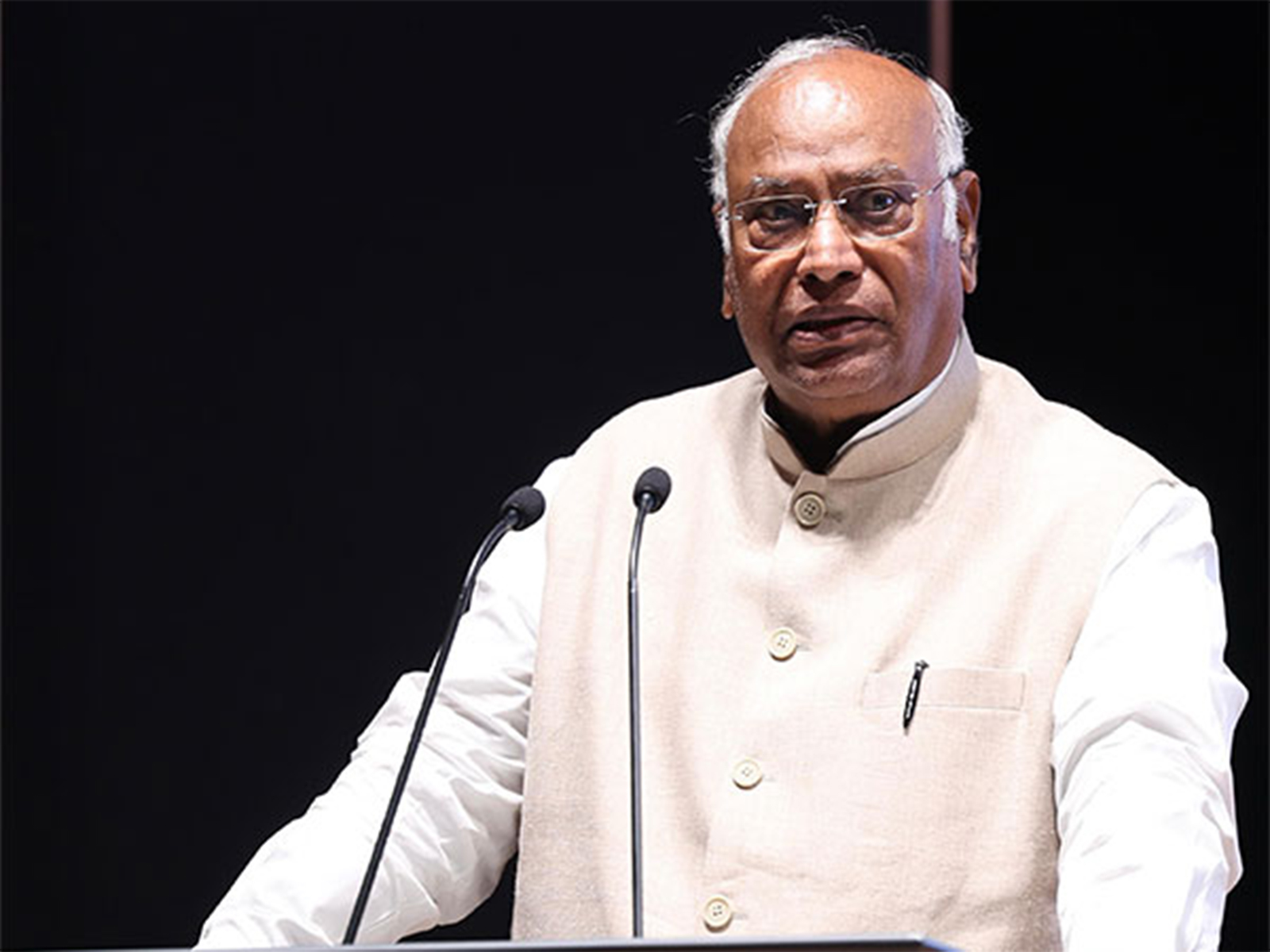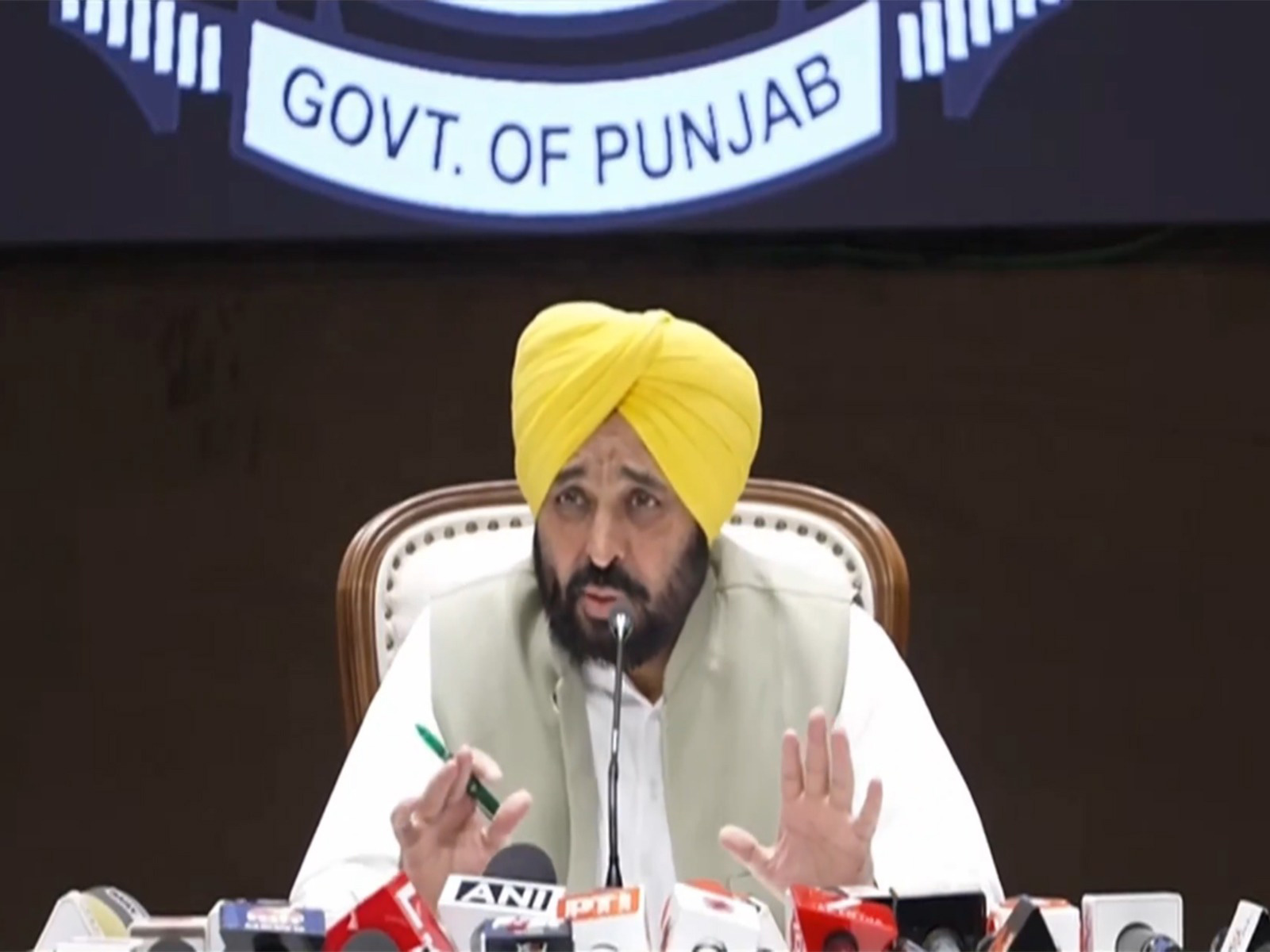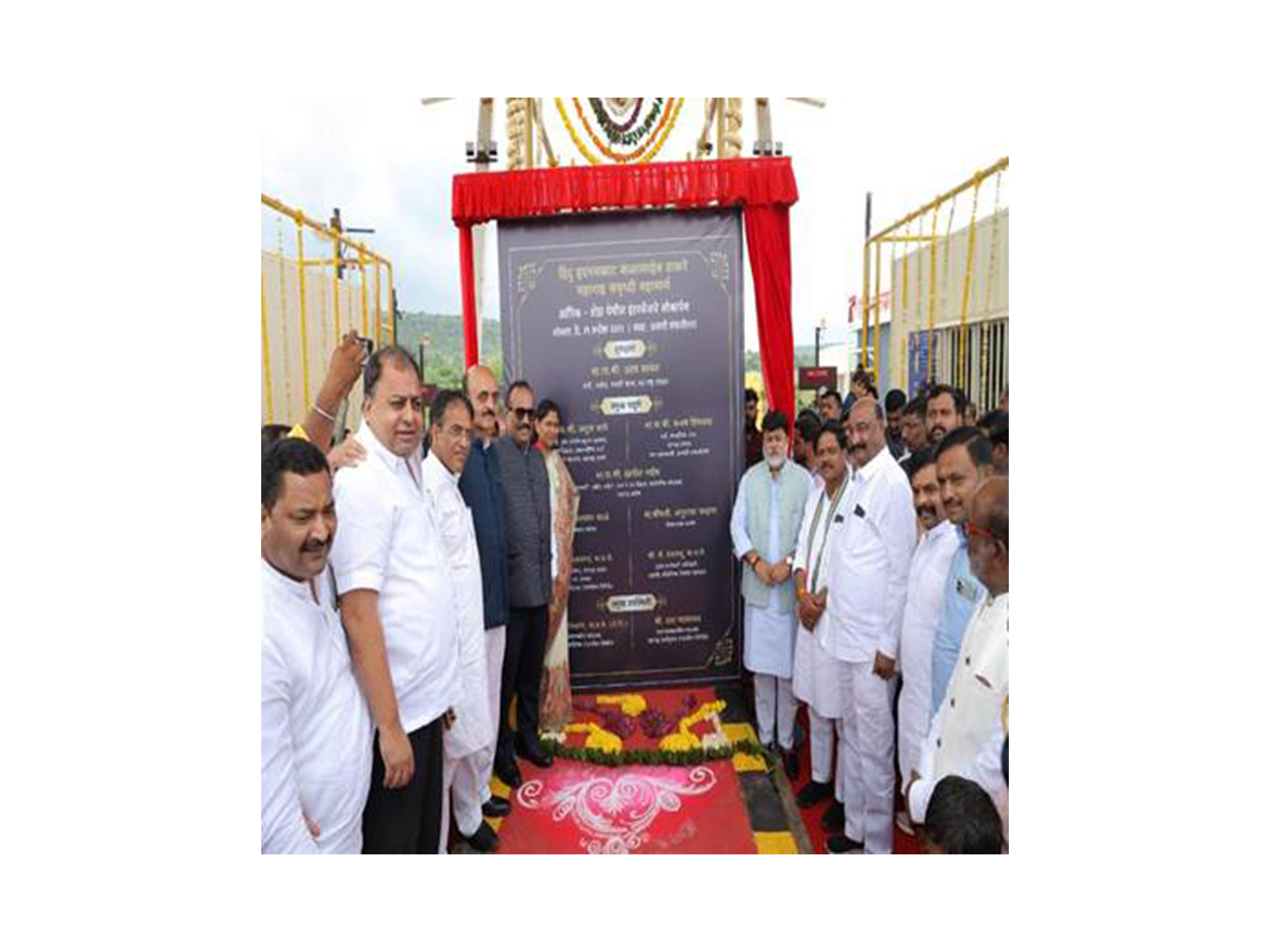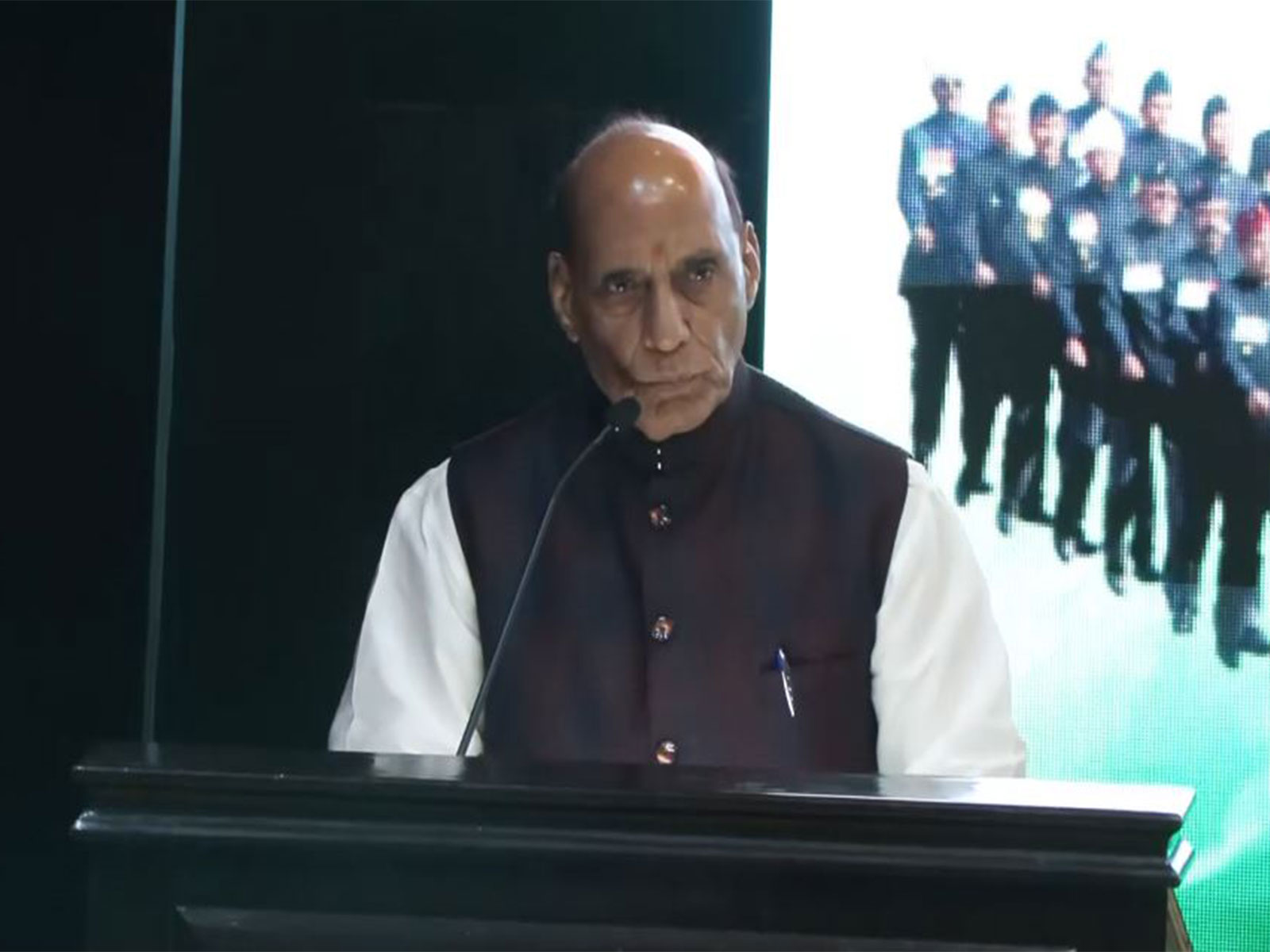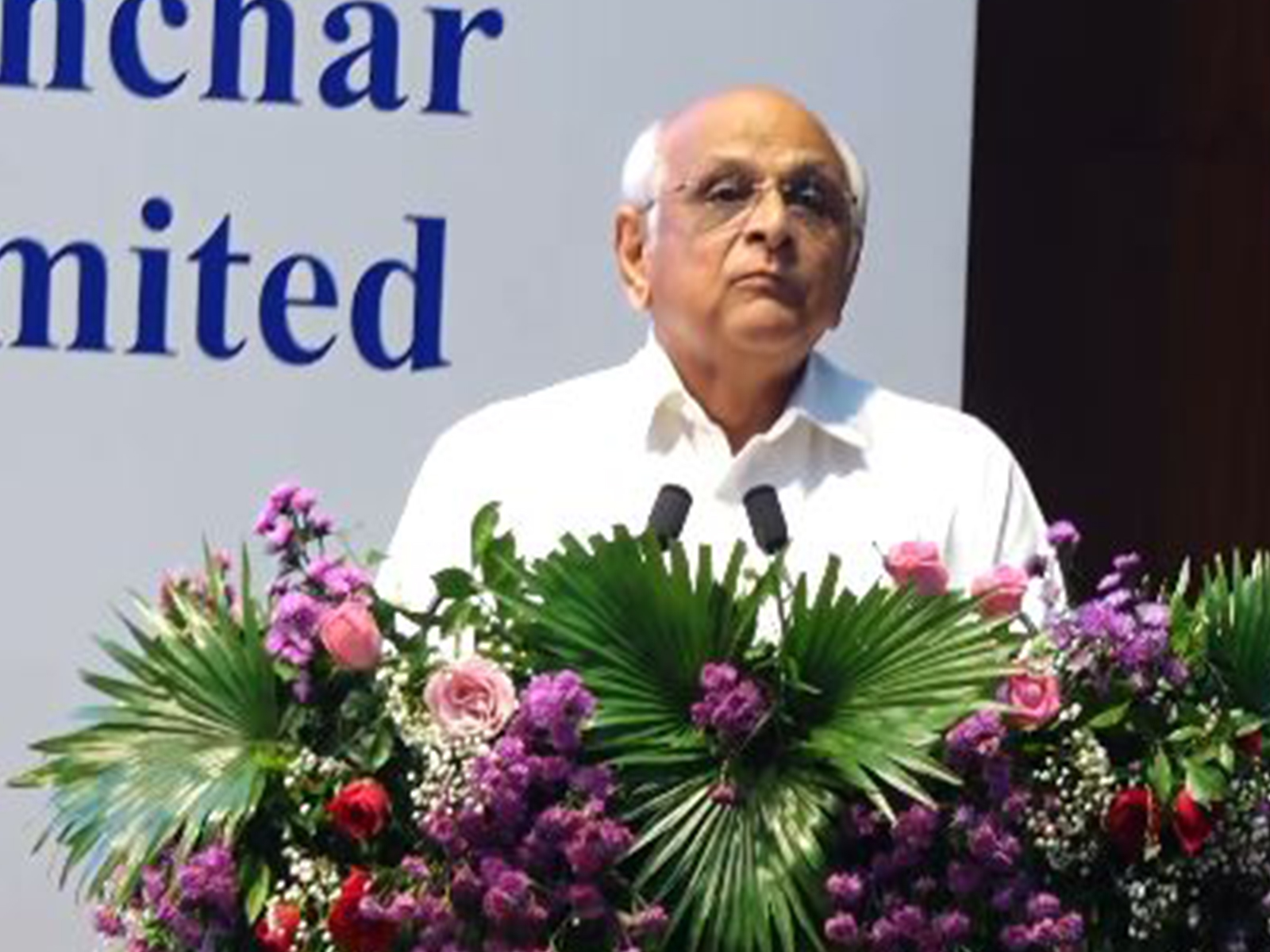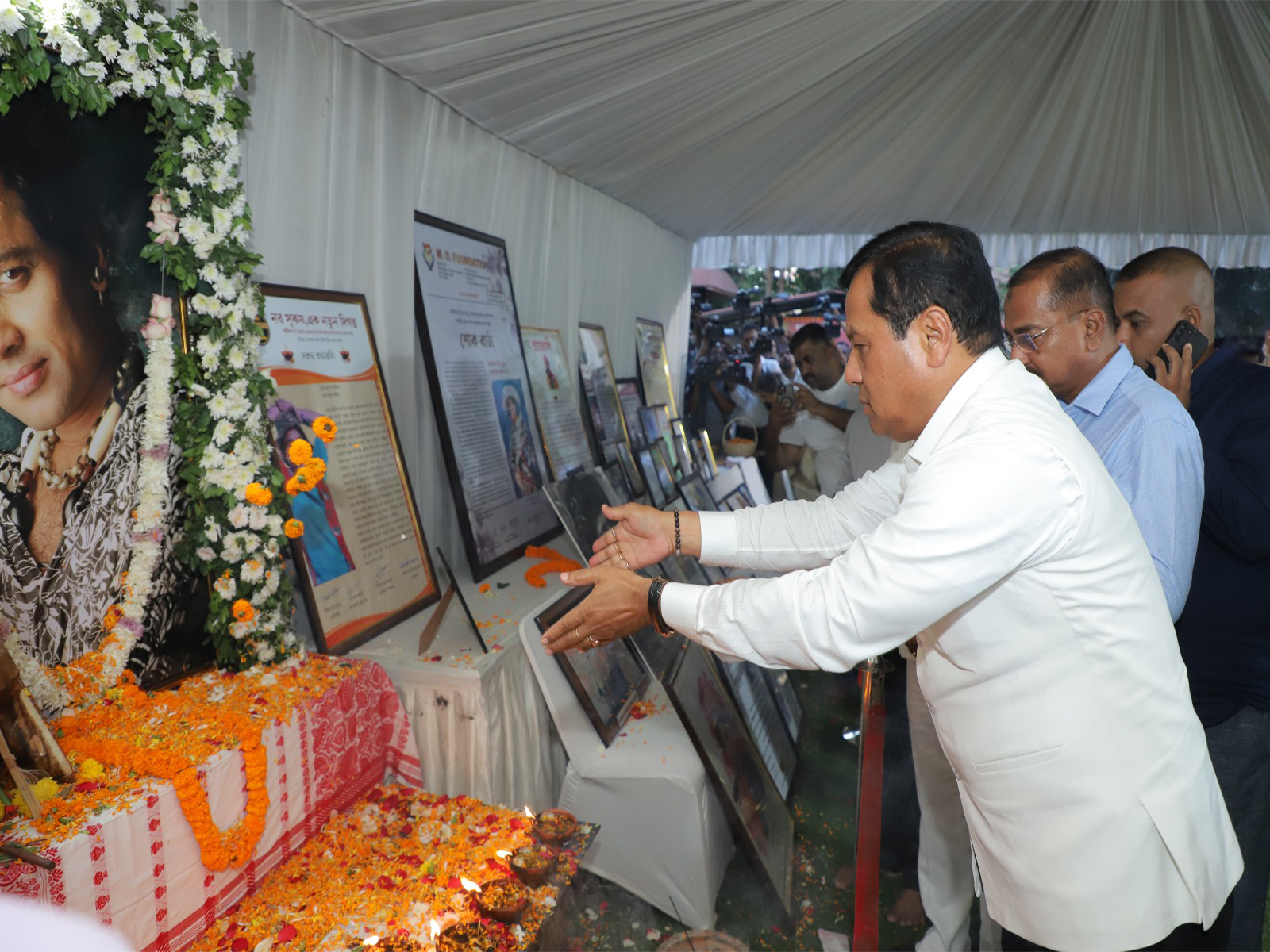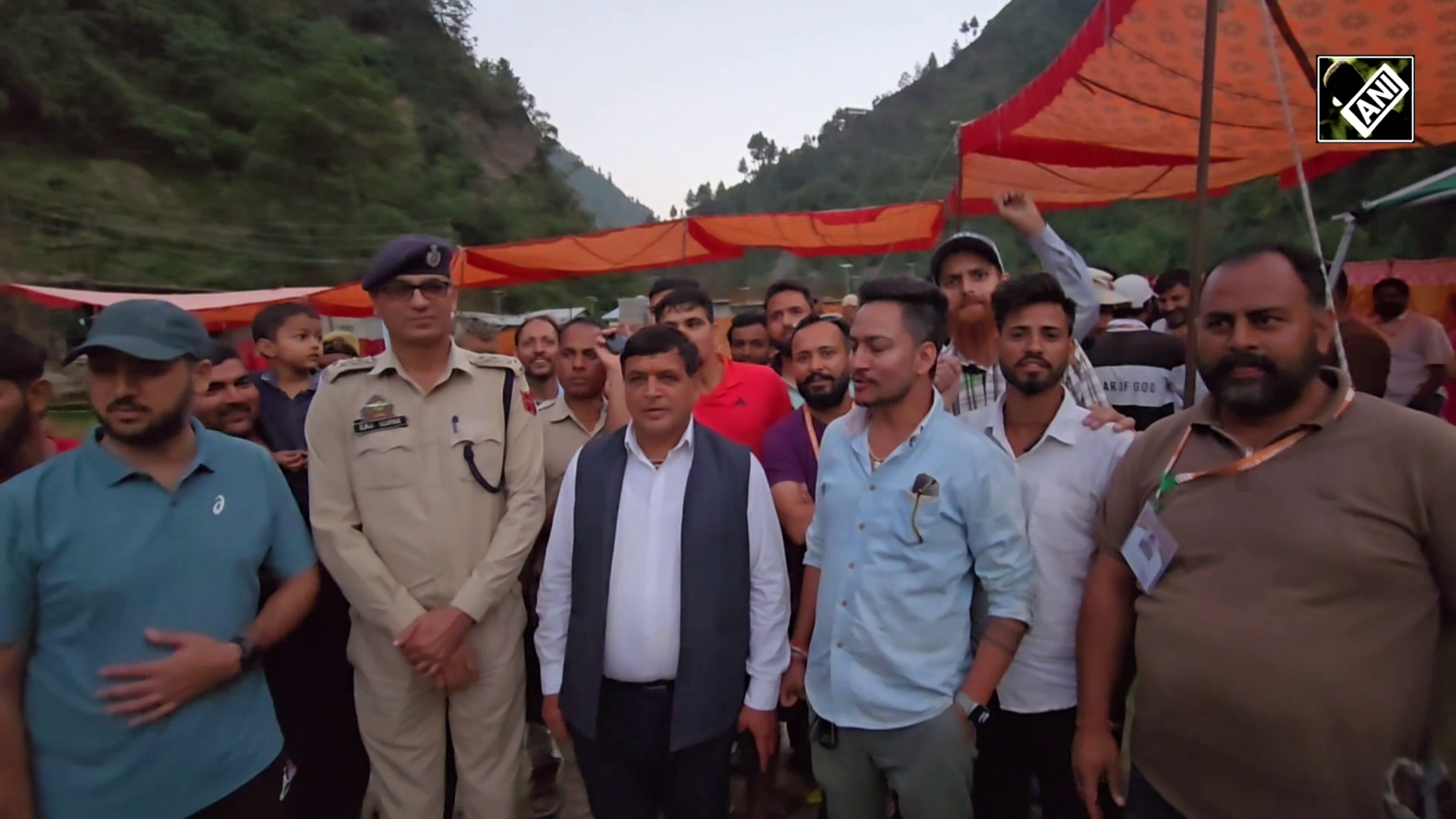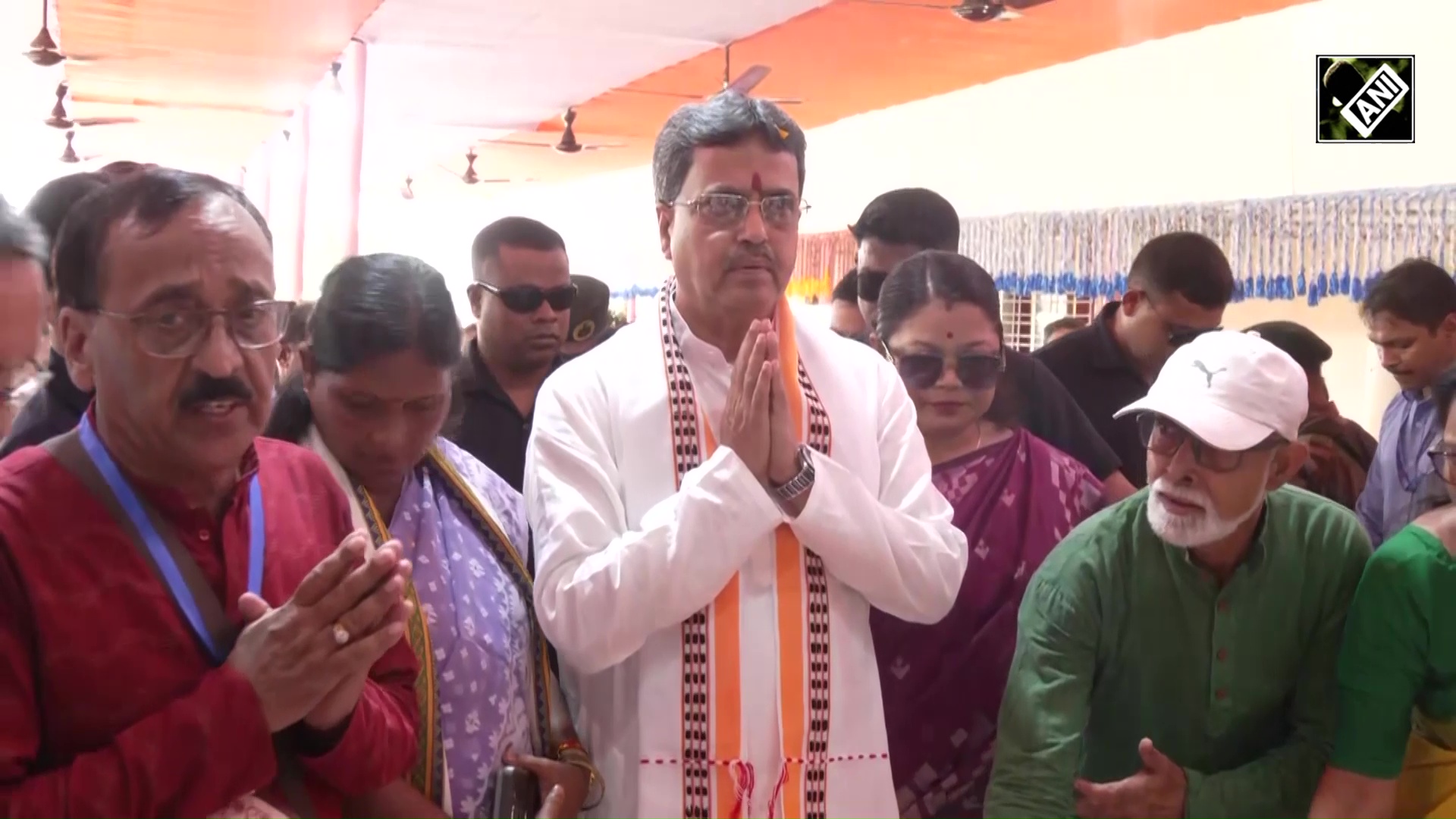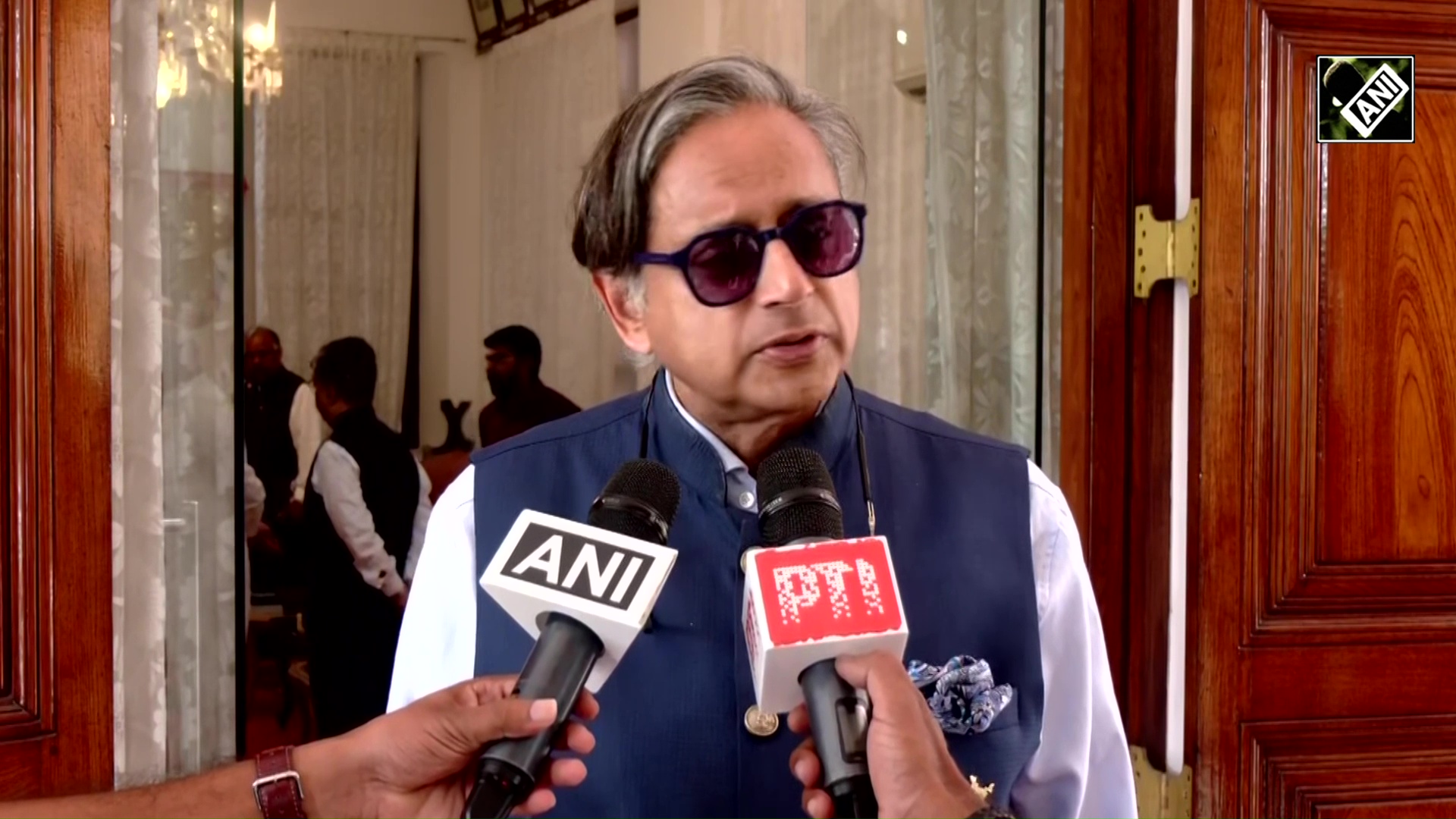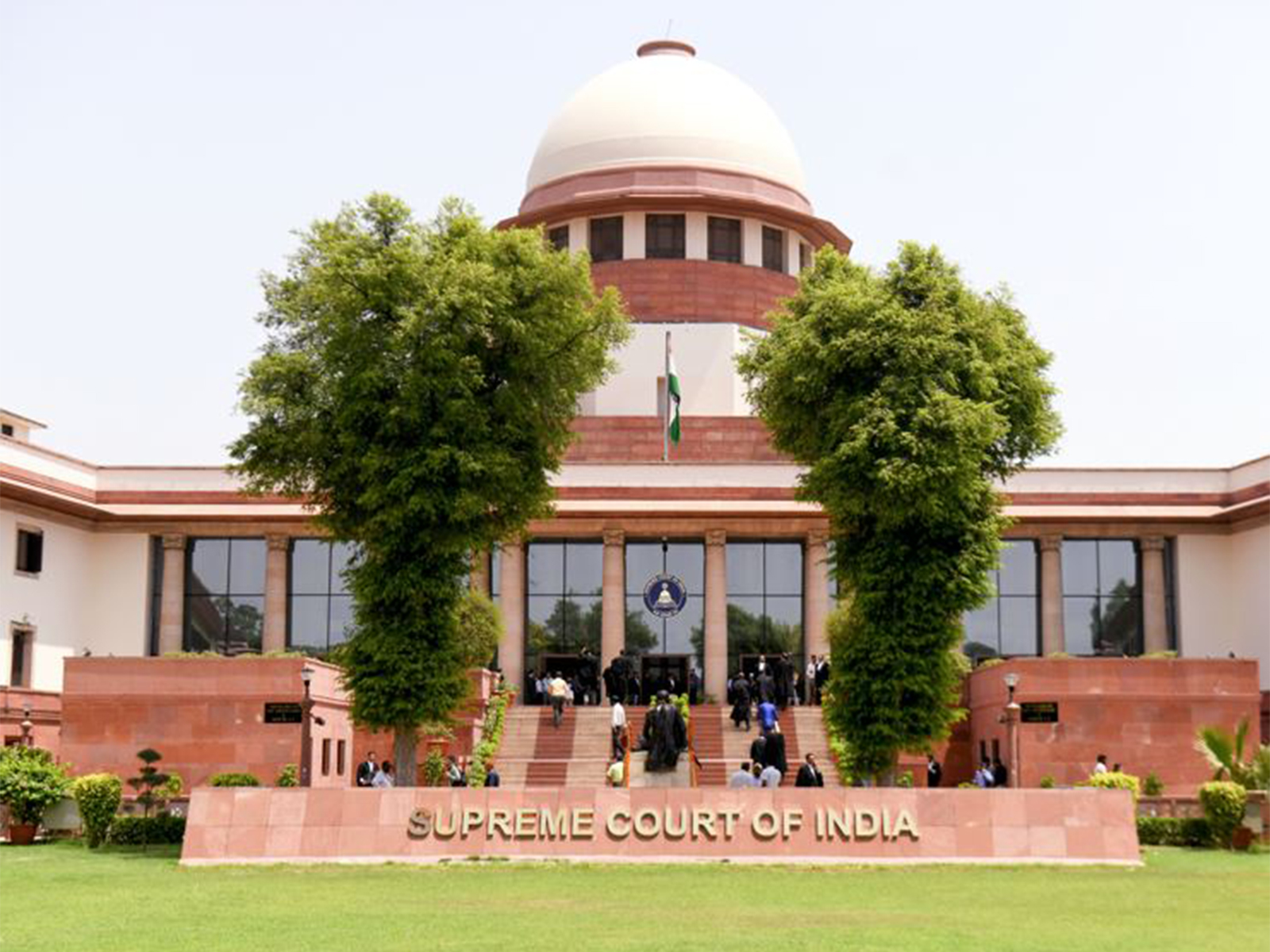
SC seeks ASI reply on plea against denial of permission to observe Urs, Namaz at Hazrat Sheikh Muhammad Ghaus Dargah in Gwalior
Sep 29, 2025
New Delhi [India], September 29 : The Supreme Court has sought a response from the Archaeological Survey of India (ASI) and others on an appeal filed against the High Court order, which declined permission to perform religious and cultural activities such as Urs and Namaz at a Dargah near the tomb of Hazrat Sheikh Muhammad Ghaus in Gwalior.
A bench of Justices BV Nagarathna and R Mahadevan issued notice to the ASI, Centre and state government on the appeal.
The tomb of Muhammad Ghaus is a centrally protected monument and was declared a national monument in 1962 under the Ancient Monuments and Archaeological Sites and Remains Act, 1958.
The High Court in June had rejected the same plea, holding that the monument was a centrally protected monument of national importance, no such permission for use could be granted to the petitioner and said that it deserves to be protected.
It had been said that the monument was declared a National Monument in 1962, and since then, it had been maintained by the Central government and ASI.
The petitioner, Sajjada Nashin of Dargah Hazrat Sheikh Muhammad Ghaus and also the legal heir of Muhammad Ghaus, claimed that various religious and cultural activities have been performed for over the last 400 years; however, subsequent to ASI declaring the Dargah as a protected monument, the activities of Urs and Nazam have been prohibited.
In March 2024, he had sought permission from the ASI, but it was denied on the grounds that, under the rules, no such permission can be granted as it was a protected monument.
He then approached the High Court, which dismissed the plea, noting that the monument does not fall under the place of worship and shrine and deserves to be preserved and protected.
"If the petitioner is permitted to conduct Urs and Namaz, then certainly, as alleged by respondents/Union of India, structure would suffer spoilation/damage where tents would be installed, hammering nails would be fixed, lights would be fixed, thus causing degradation, spoilation, pollution and desecration. Since a protected monument is declared an archaeological monument to be of national importance under Section 5 or 13 but under Section 4 of the Act of 1958, therefore, no permission can be granted for use as mentioned by the petitioner," the High Court had said.
